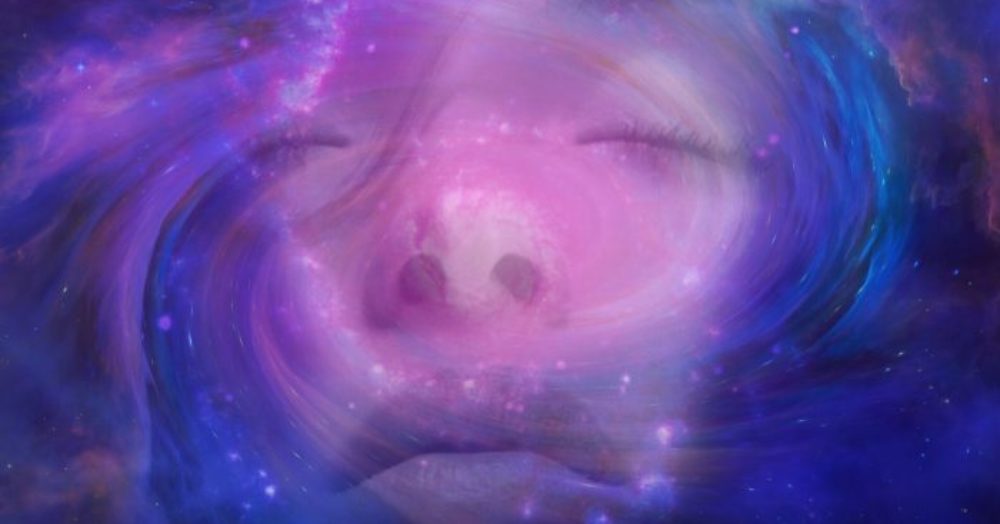Near-death experiences may have scientific explanations. Some common ones include:
- Oxygen Deprivation
- Neurotransmitters in the body
- Adverse effects of a possible drug
Oxygen deprivation: A bright light may be seen during a NDE; Most of the time it is described as light at the end of a tunnel. Science has tried to explain this phenomenon as possible oxygen deprivation to the brain. Since vision loss occurs first in the peripheries and moves central, people may just be seeing the loss of vision accompanied by oxygen deprivation.
Neurotransmitters in the body: People describe their NDE as a peaceful and pleasant experience. Science has tried to explain this shift of mood and euphoria through neurotransmitters. When the body is close to death, many chemicals in the body get released all at once, such as endorphins, dopamine, serotonin, and such. Due to the abundance of them, the body may be under heavy euphoria, which explains why the feelings felt during an experience is so pleasant.
Adverse effects of a possible drug: Drugs such as digoxin, a very common drug for people suffering from heart problems, can cause blurred vision or halos around the eye. Illicit drugs also have a side effect of hallucinations.
These explanations have drawbacks. For example, oxygen deprivation has been linked with periods of delirium and confusion, and most experiences are described as serene and focused. the feeling of being dead is not limited to near-death experiences—patients with Cotard or “walking corpse” syndrome hold the delusional belief that they are deceased. This disorder has occurred following trauma, such as during advanced stages of typhoid and multiple sclerosis, and has been linked with brain regions such as the parietal cortex and the prefrontal cortex.
We encourage you to read these articles with an open-mind, always remembering that science will not always have the answers to every question.
Near-Death Science Explanation,
